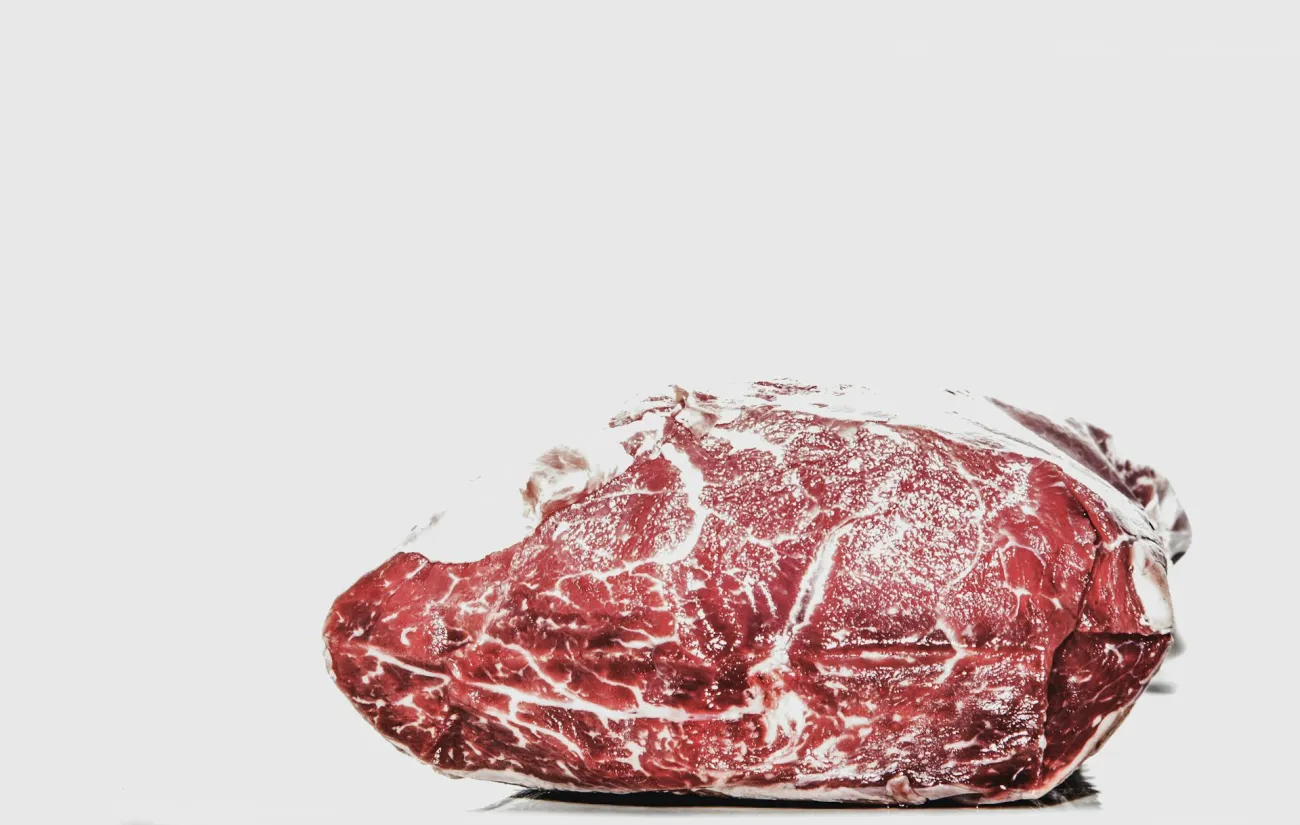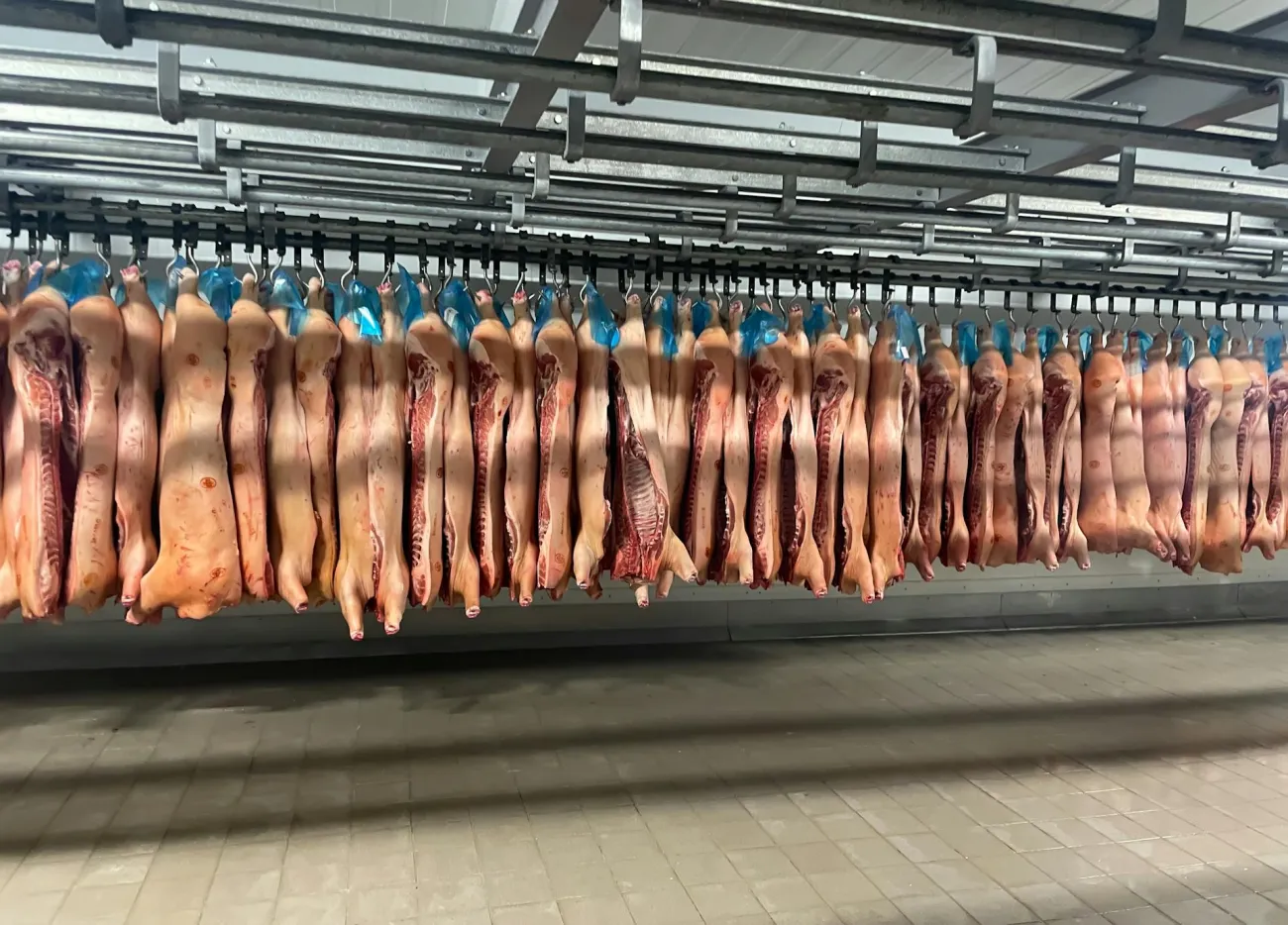This paper modelled the food system changes in Europe that would allow enough afforestation, reforestation and avoided deforestation to meet European climate targets while also providing enough food. Most scenarios relied on significant yield improvements and reductions in meat consumption.

The authors used an integrated assessment model to examine different combinations of the following factors:
- Demand for ruminant and non-ruminant meat
- Bioenergy crop production
- Irrigation efficiency
- Yield improvement
In the models, food imports to Europe were fixed at current levels, to avoid the displacement of food production to other regions of the world. For each scenario, dietary energy production and forest extent were quantified. The minimum acceptable food production was taken to be 2800 kcal/capita/day (it is unclear whether this figure accounts for food loss and waste), which is nutritionally sufficient but which is below the current European average of 3300 kcal/capita/day.
As shown in the figure below, 351 scenarios were successful (fell above the grey box) in that they provide both enough food and enough forest cover. Successful scenarios mostly relied on dietary change, with 215 having “less meat” (between 25% and 75% reduction in both ruminant and non-ruminant meat; no change in dairy consumption) and 88 having “no meat”. 42 successful scenarios were able to meet caloric and forest cover targets without changes in diets; to do this, they required a minimum of 30% increase in yields, for example using biotechnology.
 Image: Figure 1, Lee et al. Modelled daily dietary energy production and forest area in scenario simulations that resulted in forest areas at least as large as those of the present day and in an average calorie intake at least as large as the current global average (n = 434). The size and shape of the symbols refers to the level of yield improvement. The grey box refers to the afforestation/reforestation targets in the 2050s. The symbols above the grey box were considered as successful simulations (n = 351). The envelope lines of the groups are drawn (dotted lines) to highlight the 'frontiers' of each dietary change.
Image: Figure 1, Lee et al. Modelled daily dietary energy production and forest area in scenario simulations that resulted in forest areas at least as large as those of the present day and in an average calorie intake at least as large as the current global average (n = 434). The size and shape of the symbols refers to the level of yield improvement. The grey box refers to the afforestation/reforestation targets in the 2050s. The symbols above the grey box were considered as successful simulations (n = 351). The envelope lines of the groups are drawn (dotted lines) to highlight the 'frontiers' of each dietary change.
Abstract
Land-based mitigation, particularly through afforestation, reforestation and avoided deforestation, is an important component of the Paris Agreement to limit average global temperature increases to between 1.5°C and 2°C. However, the specific actions that would ensure sufficient carbon sequestration in forests remain unclear, as do their trade-offs against other land-based objectives. We use a regional integrated assessment model to identify the conditions under which European forests reach the extent required by mitigation targets. We compare stylised scenarios of changes in meat demand, bioenergy crop production, irrigation efficiency, and crop yield improvement. Only 42 out of 972 model simulations achieved minimum levels of food provision and forest extent without the need to change dietary preferences, but relied on crop yield improvements within Europe of at least 30%. Maintaining food imports at today's levels to avoid the potential displacement of food production and deforestation required at least a 15% yield improvement, or a drastic reduction in meat consumption (avg. 57%). The results suggest that the large-scale afforestation/reforestation planned in European targets is virtually impossible to achieve without transformation of the food system, making it unlikely that Europe will play its required role in global efforts to limit climate change without utilising land beyond its borders.
Reference
Lee, H., Brown, C., Seo, B., Holman, I., Audsley, E., Cojocaru, G. and Rounsevell, M., 2019. Implementing land-based mitigation to achieve the Paris Agreement in Europe requires food system transformation. Environmental Research Letters, 14(10), p.104009.
Read the full paper here. See also the Foodsource building block What is land use and land use change?




Comments (0)